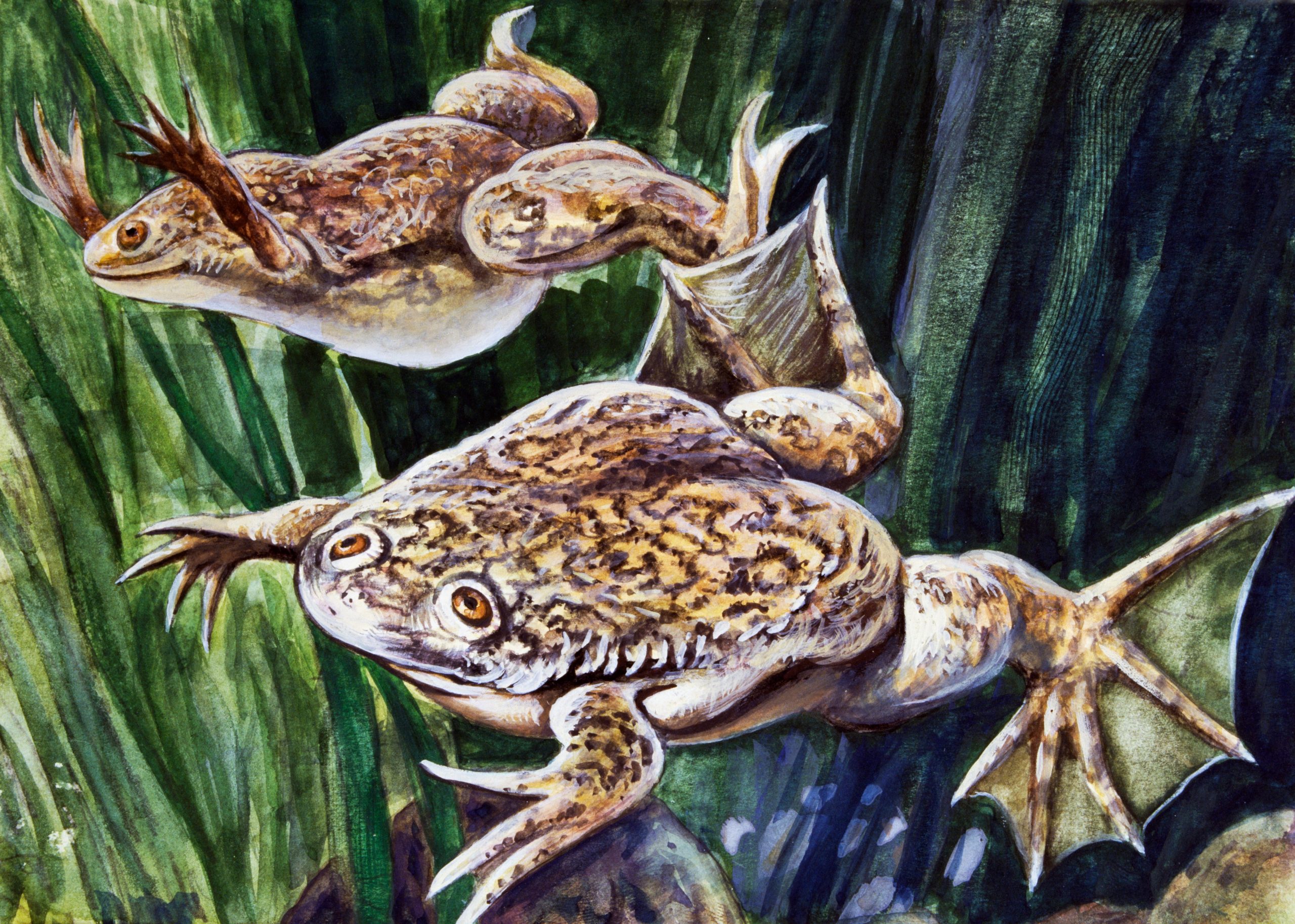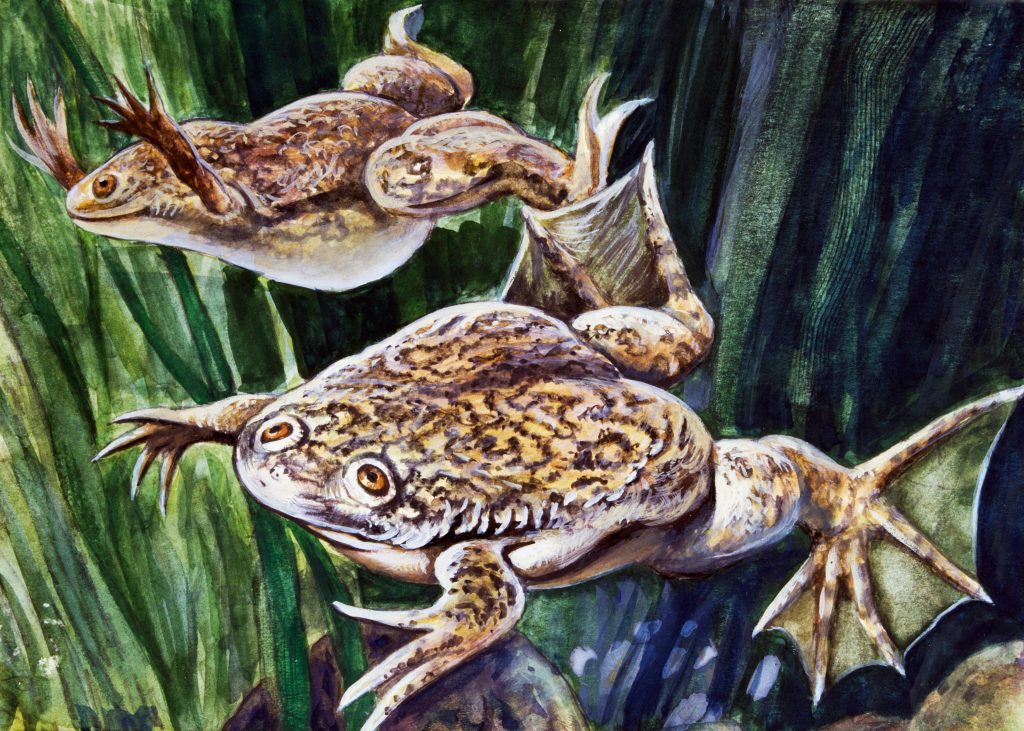
- A group of scientists used drug treatments to regrow legs on African clawed frogs in 18 months.
- While tadpoles and froglets can regenerate their body parts, adult African clawed frogs can't.
- Humans have regenerative abilities, but it isn't known how we can trigger them for limbs.
An army of frogs have fully regrown lost hind legs with the help of a drug cocktail in a recent lab study, and scientists say it's a positive sign that humans may one be able to regenerate missing limbs.
Scientists who conducted the study, published Wednesday in the peer-reviewed journal Science Advances, amputated 115 female African clawed frogs and divided them into three subsets — one without any treatment, a second that wore a silicon bioreactor called a "BioDome," and a third that received a mixture of five drugs with the BioDome.
Scientists administered the drugs to the third group over 24 hours, and the BioDome helped control the release of the drugs. Researchers said each of the five drugs induced a specific effect, such as moderating inflammation or encouraging tissue growth.
Frogs in the third category started regrowing their limbs, and it took them around 18 months to regain hind legs.
Like salamanders, starfish, lizards, and certain fish, tadpoles and froglets are able to regenerate their body parts. But, researchers noted, the adult African clawed frogs used in the study don't normally have that ability and their regenerative capabilities "mirror those of humans."
The new limbs regrown by the frogs were complete with muscles and bones and good enough for functional use, they said. At the same time, they also said there's "room to improve" the treatment, especially for the regrowth of the frogs' feet webbing and long toes.
Still, lead researcher Dr. Michael Levin, director for the Center for Regenerative and Developmental Biology at Tufts University, told CNBC that the positive results came from his team's first-ever cocktail mixture of the drugs.
"This makes me very happy because if this is our first guess and it's this good, imagine what the optimized version is going to look like in the future," Levin told the outlet.
The scientists say the next milestone is replicating their results with mammals before considering human trials. They cited a rising prevalence in human limb loss in the US, noting that 3.6 million Americans are expected to be living with the loss of limb by 2050.
Human beings and mammals naturally have some regenerative abilities and can regrow hair and skin cells, and heal damaged internal organs. Children can also regrow amputated fingertips, researchers pointed out.
"Cells already know how to make all the organs in your body — they did it once during embryonic development, and that information hasn't gone anywhere. It's still there," said Levin, per CNBC.
The question is how to activate that ability within our cells, the scientists say, and they hope their study helps identify the conditions and treatment needed to trigger that response.
"I think it's going to get there, and I'm very optimistic about all of this. But we're not there yet," Levin told the outlet. "There's some very important basic science that needs to happen before it's ready to go on to a person."
